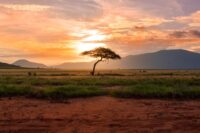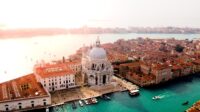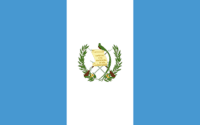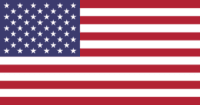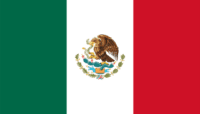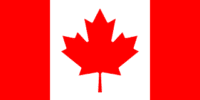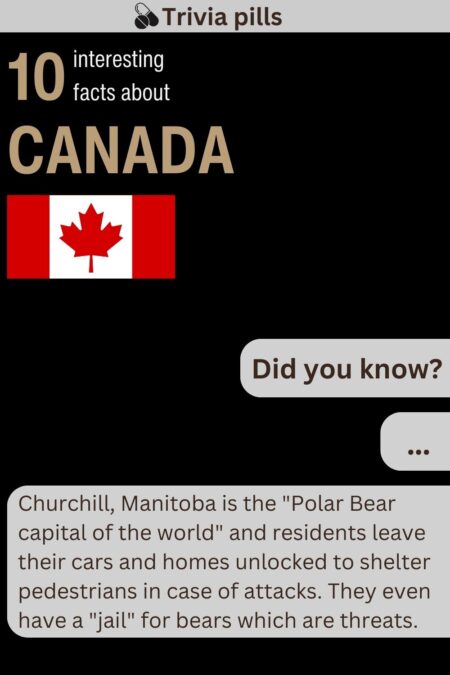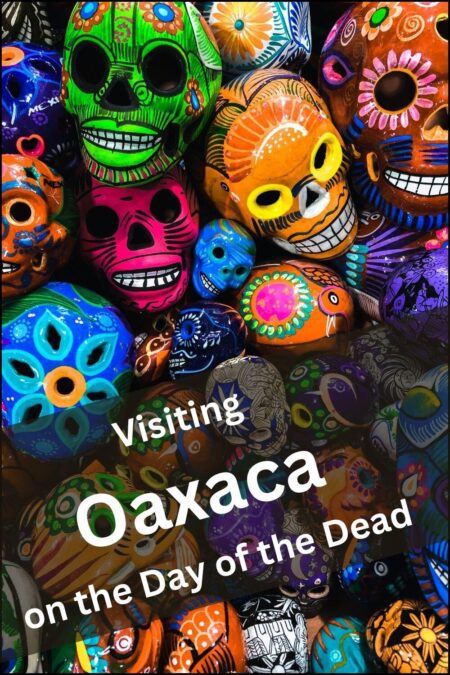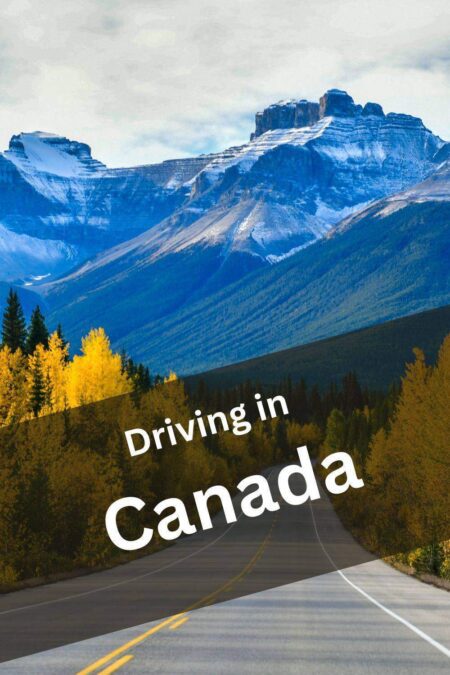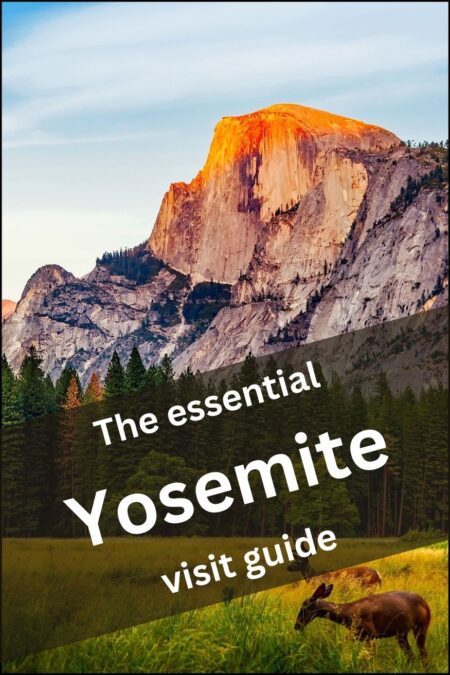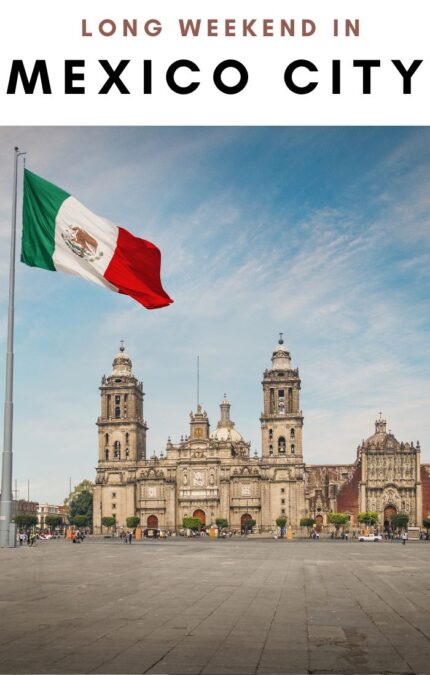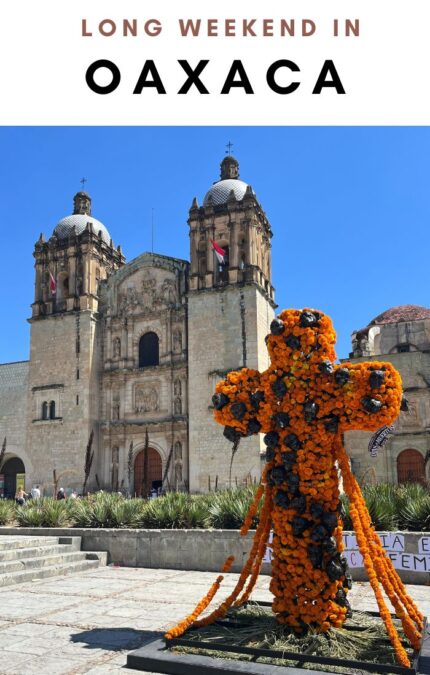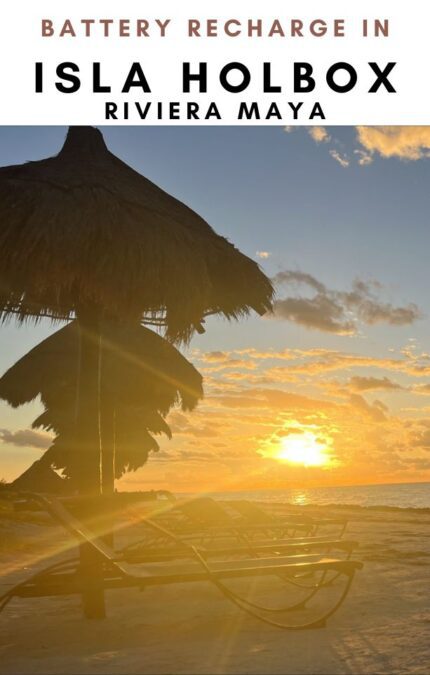North America, located almost entirely in the northern hemisphere and part of the “new world” of the Americas, is the third largest continent on Earth. It is surrounded by the Arctic, Atlantic, and Pacific Oceans and by South America to the south. In the north, the entire subcontinent is composed of only two countries (actually three considering Greenland), and after Asia, it spans the most time zones.
Facts & Trivia
(updated 2021)
Lake Superior is the largest of the Great Lakes in the USA and is considered the largest freshwater lake by area in the world. It holds more water than all the other Great Lakes combined and is as big as South Carolina/USA, or as large as Austria! The lake is bordered to the north by Canada and to the east, south, and west by the United States. It contains 10% of the world’s surface fresh water and also provides habitat for hundreds of species of fish and other aquatic life.
Denali (formerly Mount McKinley) located in the Alaska mountain range is the highest mountain peak in the United States at 6,190 meters (20,310 feet) and the third most isolated peak in the world’s Seven Summits after Mount Everest (in Asia) and Aconcagua (in South America). The Seven Summits are the highest mountain peaks or summits of each continent. It was officially renamed Denali in 2015, which is the native Alaskan name for the peak.
The Missouri River is the longest river in North America, winding for a total of 3,767 km (2,341 miles) through seven states of the USA: Montana, North Dakota, South Dakota, Nebraska, Iowa, Kansas, and Missouri. It forms part of a huge waterway that, together with the Mississippi River, creates the fourth-longest river system in the world. The Missouri itself, however, is the 10th longest among the world’s rivers. The basin of the Missouri River covers an area of 1,371,000 square km, while the combined Mississippi-Missouri basin covers an impressive 3,023,000 square km.
Biggest Island: Greenland. This is also the world’s largest island that is not a continent! Greenland is located in the North Atlantic Ocean and it has an area of 2166086 sq km. In comparison, Australia which is considered a continent has an area of 7692024 sq km.
Religion plays an important role in North America, with the majority of its population belonging to the Christian faith (75%). Additionally, notable percentages of people are Muslim, Jewish, and those that follow indigenous beliefs and practices. These spiritual traditions have been part of North America’s history since the beginning of time, forming an integral part of the continent’s cultural identity.
North America is rich in natural resources such as minerals and precious metals. Coal, copper, zinc, iron ore, and nickel are the main minerals used for the production of steel and other alloys. Gold and silver are the main precious metals present in this continent. Moreover, the U.S.A is the largest oil producer in the world and the third largest coal producer, only behind China and India. Additionally, the U.S.A. holds the biggest coal reserves in the world. Furthermore, agricultural products such as grains, vegetables, sugar beet, peanuts and tobacco are all very important in this area.
The most populous city in North America is Mexico City, with a metropolitan area population of over 20 million. However, the country with the largest population in the continent is the United States, with a total of 330 million citizens in 2020. The biggest cities (metropolitan areas) by population in North America are Mexico City, New York, Los Angeles, Chicago, Dallas-Fort Worth, Houston, and Toronto, with populations ranging from 21.3 million down to 6.1 million.
- New York City which is also called the ‘Big Apple’/USA for museums and shopping
- California/USA: amazing beaches for surfing
- Las Vegas/USA, the casino paradise with lots of popular shows and entertainment options for the whole family
- World Disney World in Florida/USA
- Yucatan peninsula/Mexico for Mayan ruins and awesome beaches
- Hawaii/USA: volcanic islands and paradise beaches
- Rocky Mountains in the USA and Canada for skiing and wintersports
- Grand Canyon/USA for hiking and nature experiences
- Caribbean islands for watersports and nature walks
- Kennedy Space Centre/USA for learning all about space travel and the planets
natural landmarks:
- Grand Canyon, USA
- Niagara Falls, USA/Canada
- Redwood National Park, USA
- Mauna Kea, Hawaii/USA
- Pico de Orizaba, Mexico
- Pitons, St Lucia
– man-made landmarks:
- Statue of Liberty, USA
- Golden Gate Bridge, USA
- Chichen Itza, Mexico
- Capitol Building and The Mall, USA
- Empire State Building, USA
Death Valley in California is one of the hottest and driest places on Earth. It’s located in the Death Valley National Park, home to the lowest point in North America at 86 meters (282 feet) below sea level. What’s more, its high temperatures and scorching desert climate make it the hottest and driest national park in the US – and with over 3.37 million acres, it’s the largest national park in the continental United States.
- Canada and the United States of America have the longest land border in the world with 8,893 km/ 5,526 miles.
- The first “skyscrapers” (of ten stories and more) were built in Chicago/USA as early as during the 1880s.
- New York/USA has still the second most skyscrapers in a city! The city with more than 300 skyscrapers that are taller than 150 m/493 ft is, however, Hong Kong in China.
- Colonial Creek Falls in Washington State with a hight of 783 m/ 2,568 ft are the highest waterfalls in continental USA. The Oloupena Falls in Hawaii are unofficially named North America’s highest waterfalls with a drop of 900 m/ 2,952 ft.
- Mauna Kea on the island of Hawaii/USA is the second highest mountain island in the world.
- The Rockies or Rocky Mountains are among the longest mountain ranges in the world. Mount Elbert in Colorado/USA is the highest peak of the Rocky Mountains.
- Mammoth Cave in Kentucky has been recognised as the world’s longest cave system with more than 650 km/ 405 miles of passageways.
Safety indices
From the blog
Countries
All articles in North America
Trivia Pills: 10 interesting facts about Mexico
Trivia Pills: 10 interesting facts about Canada
Día de Muertos in Oaxaca – Essential Tips to Enjoy the Day of the Dead to its fullest
Chichén Itzá – Essential Tips to Enjoy the Temple of Kukulkan to its fullest
Tikal – Essential Tips to Enjoy the lost Mayan city to its fullest
Road tripping tips for foreigners: Canada
Yosemite – Essential Tips to Enjoy the national park to its fullest
Road tripping tips for foreigners: Mexico
Mexico City
Oaxaca
Día de los Muertos in Oaxaca
Holbox
Browse other continents

